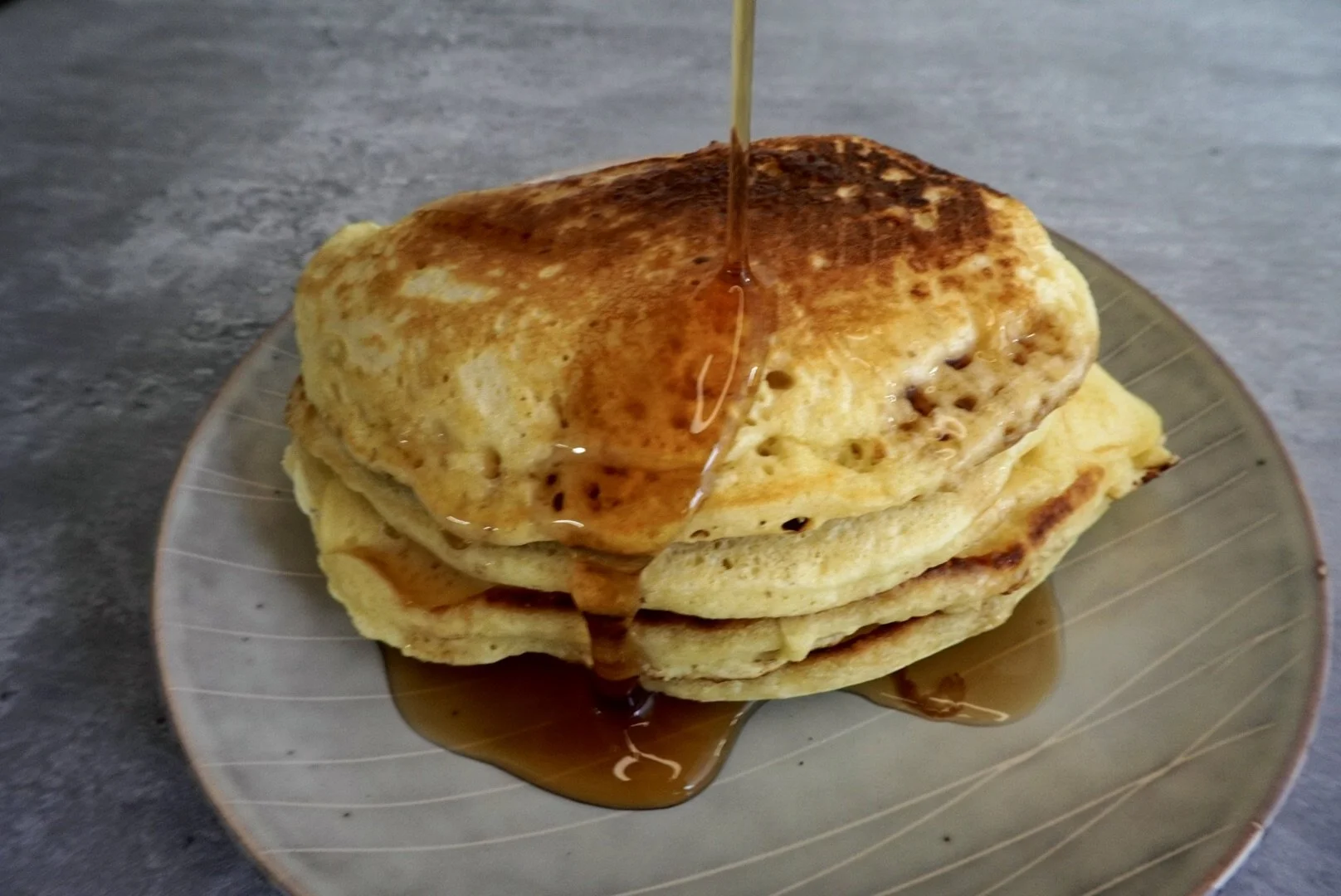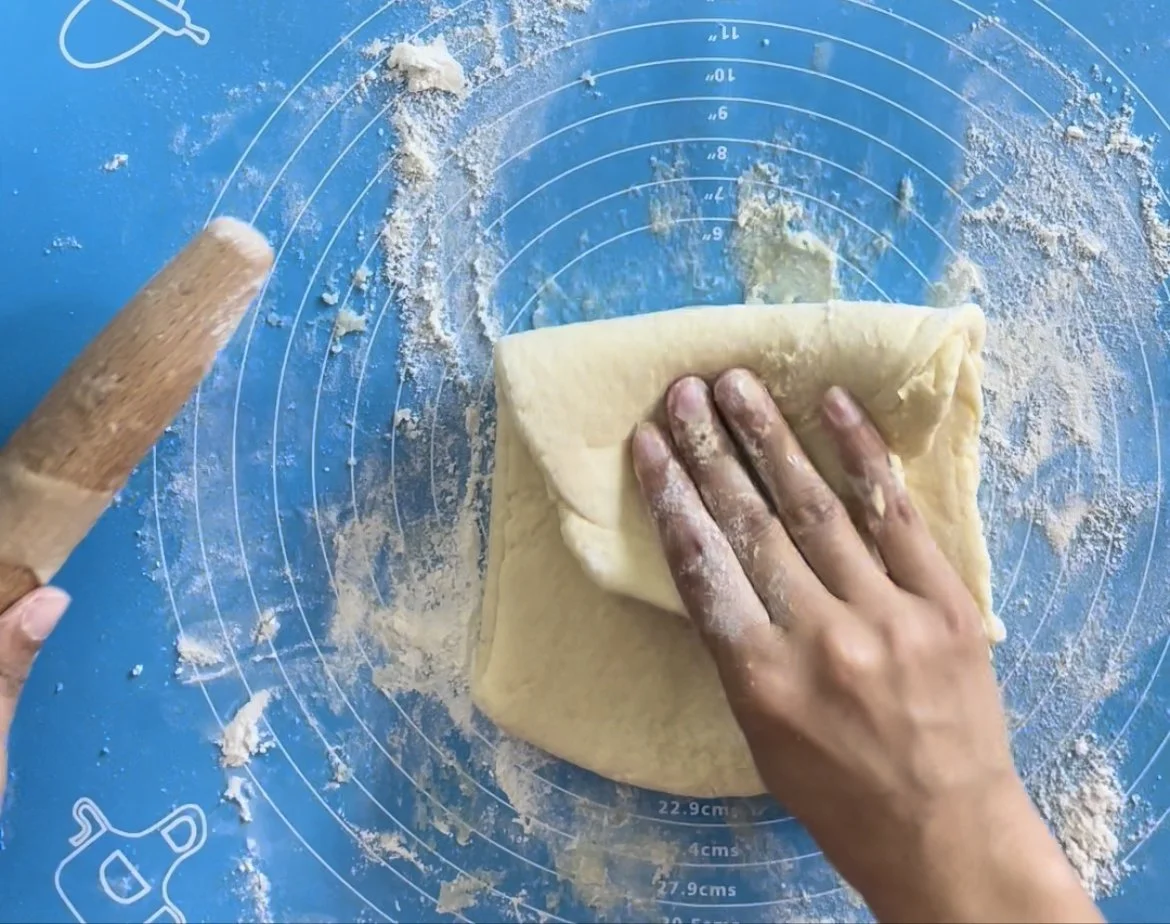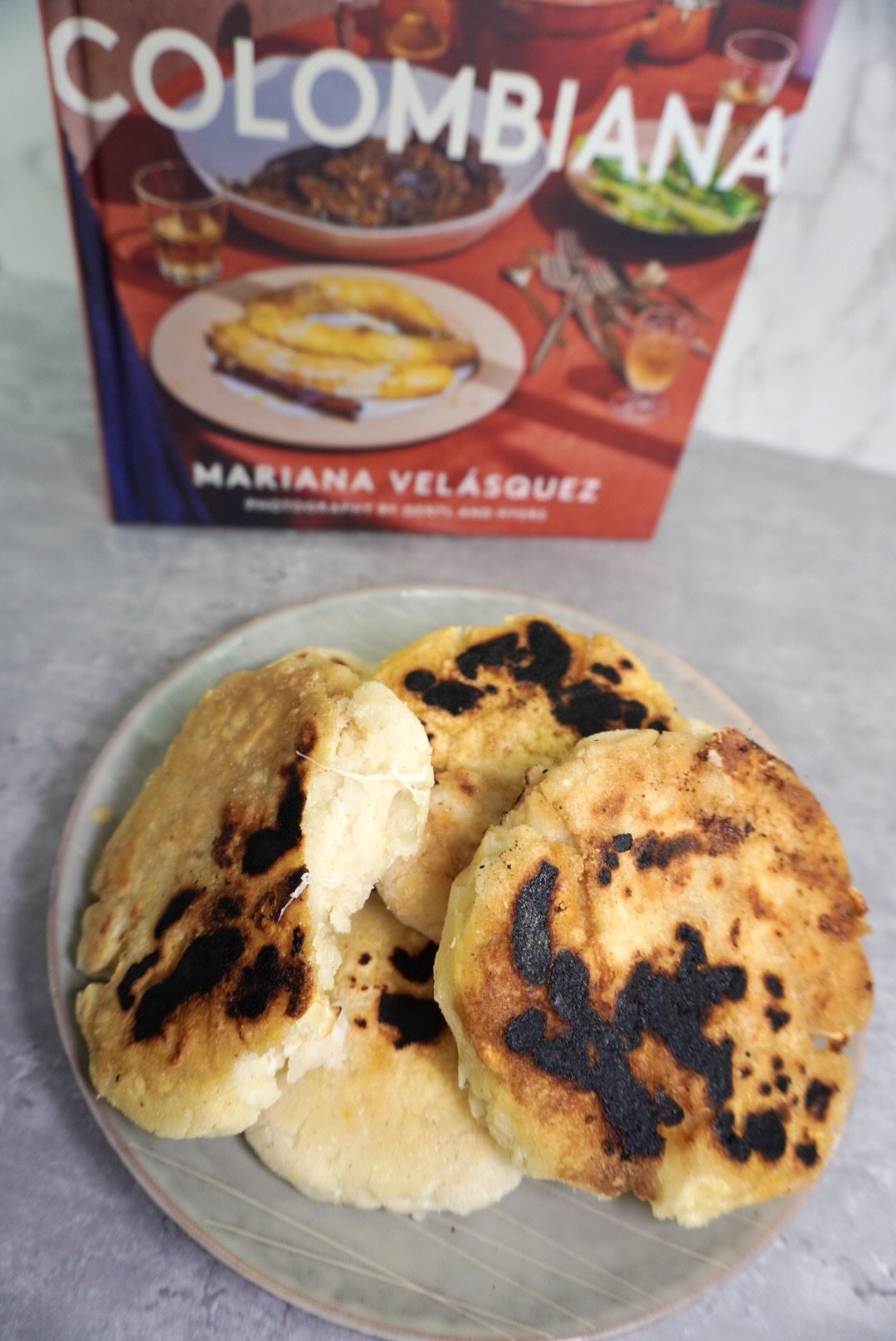This Food in History #5 Pancakes
Hello and Welcome to This Food in History. Today we’ll be visiting one of my coworker’s favorite items and a phenomenal and simple breakfast (or brinner) Pancakes!
Most of us know about pancakes.. Nice and fluffy and comes with so many different variations of sweets to shut your body down if you eat too many. But hey, where did this glorious gift from the gods come from?
Pancakes have a few different milestones in their journey in history. The idea of pancakes can be dated back as far as 30,000 years ago where archaeologists have discovered evidence of grinding tools making flour out of cattails and ferns. This would have made a hardtack after being mixed with water and baked on rocks that were hot and maybe greased. Flatcakes from batter equals pancakes! Not just that, we have remains from 5,000 years ago of Otiz the Iceman that has pancakes in his stomach contents.
The next milestone we can look at is the first written examples of pancakes. In 600 BC we have a poet describing warm pancakes from Ancient Greece. Their version of pancakes was famously made sweetened with honey! This has evolved today into a version slightly thicker than crepes and drizzled with honey and cinnamon and sometimes topped with cheese, nuts, fruits or vegetables.
In the 1100s Shrove Tuesday becomes officially a tradition so those celebrating lent can use up dairy products before it starts.
16th century Elizabethians ate pancakes flavored with spices, rosewater, sherry and apples
The 18th century grants America their (maybe) first All-American cookbook: Amelia Simmons’s American Cookery with 2 pancake recipes a Johny Cake or Hoe Cake and indian Slapjack It’s not until the 19th century that the word pancake becomes standard in America. They called them a mixture of things such as: Indian cakes, hoe cakes, johnnycakes, journey cakes, buckwheat cakes, griddle cakes, and flapjacks.
This is also the time period where milk and cream start to be used for the batter over brandy and wine in many areas. The rest becomes history and what the states are used to for pancakes.
This history tracks more for us in the states, but all over the world pancakes have regional and cultural variations that make the word ‘pancake’ a loaded term.
Examples include:
injera a pancake like Flatbread from the Horn of Africa, Ethiopia and Eritrea. It’s a flatbread served with stews and salads.
pannekoek in South Africa made with cinnamon sugar and lemon variants.
Okonomiyaki (made with flour, egg, cabbage), Oyaki,(stuffed pancakes) and Dorayaki english style pancake sandwiches from Japan. They also have the famous souffle pancakes that are air and fluffy
Savory Buchimgae and sweet hotteok from Korea
chataamari from Nepal has meat and eggs on top and eaten similar to pizza
rishiki is a crepe like pancake from Pakistan
serabi from Indonesia uses rice flour and coconut milk
Pek Nga is a style from Malaysia and Singapore that does not use a rising agent and is eaten at breakfast with fish curry, coconut sticky rice, dried fish and more
A more famous variant is the crepe out of France.
In the Brittany region, it was hard to grow many grains and buckwheat was the main grain used. This was turned into a porridge. French legend says a 13th century housewife, or maid spilled some of this buckwheat porridge onto a hot skillet and the crepe was born. Other sources put the origins even earlier. The earliest found recipe was in a Medieval book: Le Menagier de Paris from the 14th century.
These first crepes are actually not considered crepes by purist from the region as they were savory instead of sweet. The correct term is a galette. The most famous original recipe uses ham, egg and cheese inside. The egg is cracked into the center and surrounded the cheese and ham after it cooks sunny side up. The edges are folded in to make a square basket shape, exposing the yolk in the center.
Crepes were not introduced to America until the early 1900s by a French chef named Henri Charpentier. After starting his own restaurant in 1906, Original Henri Restaurant and Bar, he served the first crepes.
Now we can find them in as many varieties as we find pancakes, either sweet, savory, alone, stuffed and more. Pancakes are truly a versatile and international delight.




